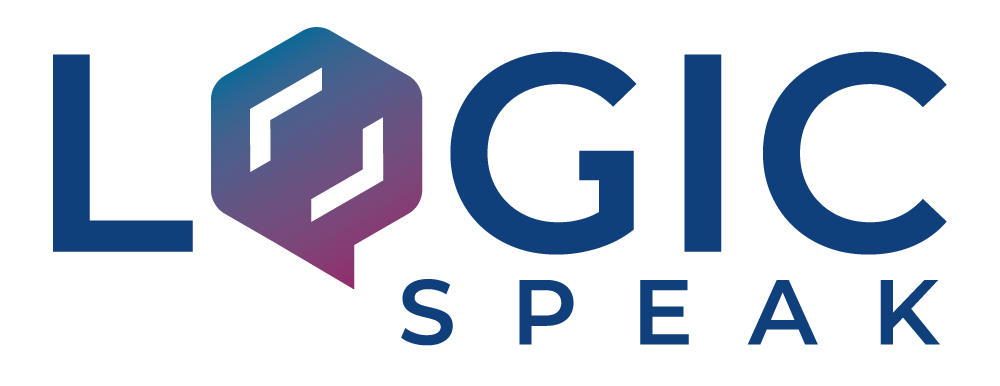Cybersecurity is one of the most important investments businesses can make. Yet many small and medium-sized businesses (SMBs) have not invested in a comprehensive cybersecurity strategy. In fact, according to Hashed Out, of the SMBs in the U.S. and UK, 43 percent do not have cyber security plans. Most of us wouldn’t lock the front door of our home while leaving a first-floor window wide open. Yet that is precisely what many businesses are doing regarding cybersecurity.
IT security today requires more than just a firewall or anti-virus protection. The multitude of cyber threats means that businesses can’t pick and choose which security tools to implement. To fully protect your business, employees, vendors, and customers, companies must undertake a layered approach to security.
In our final blog series of 2021, Logic Speak helps you understand many of the most successful components of comprehensive cybersecurity protection. Our 11-item Cybersecurity Checklist (below) is divided into three categories—cybersecurity strategy, people-focused security tactics, and cybersecurity tools. Over the next few weeks, we’ll dive deeper into these categories and checklist items, giving you a more complete picture of what is required to protect your business.
Stay Connected!
Get the latest IT trends and best practices in your inbox.
Cybersecurity Strategy
1. Remote work and BYOD policies: Setting and enforcing policies around remote work and the use of personal devices to access business systems to reduce vulnerabilities.
2. Incident response planning: Having a plan and knowing the steps to take after a successful breach.
3. Cyber security insurance: Understanding what’s required to not only procure cyber security insurance, but also to get paid in the event of an incident.
People-focused security
4. Password management: Utilizing a password management tool to stay one step ahead of hackers.
5. Content and email filtering: Blocking malicious email and sites that your employees try to access.
6. Security awareness training: Training staff on how to spot suspicious email and other threats to help guard against human error.
Security tools
7. Multi-factor authentication (MFA): Requiring multiple authentication methods to access systems and data.
8. Breach detection: Alerting security personnel to potential security breaches.
9. Encrypted email: Protecting sensitive data with encryption to preserve relationships and stay in compliance with regulations such as HIPAA and SOX.
10. Data Security: Protecting data through backup and recovery and data loss prevention.
11. Software updates and patches: Staying current on OS and software versions and installing patches and updates when they are available.
Technology can be a mess. Let us take it off your hands, so you can do what you do best in running your company. Fill out the form on this page to schedule time with us.


Recent Comments